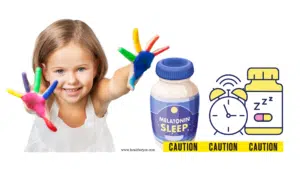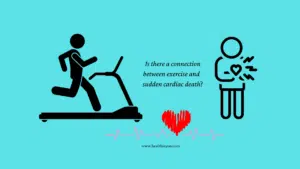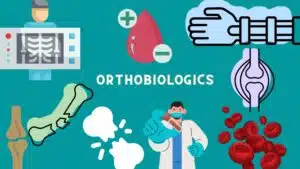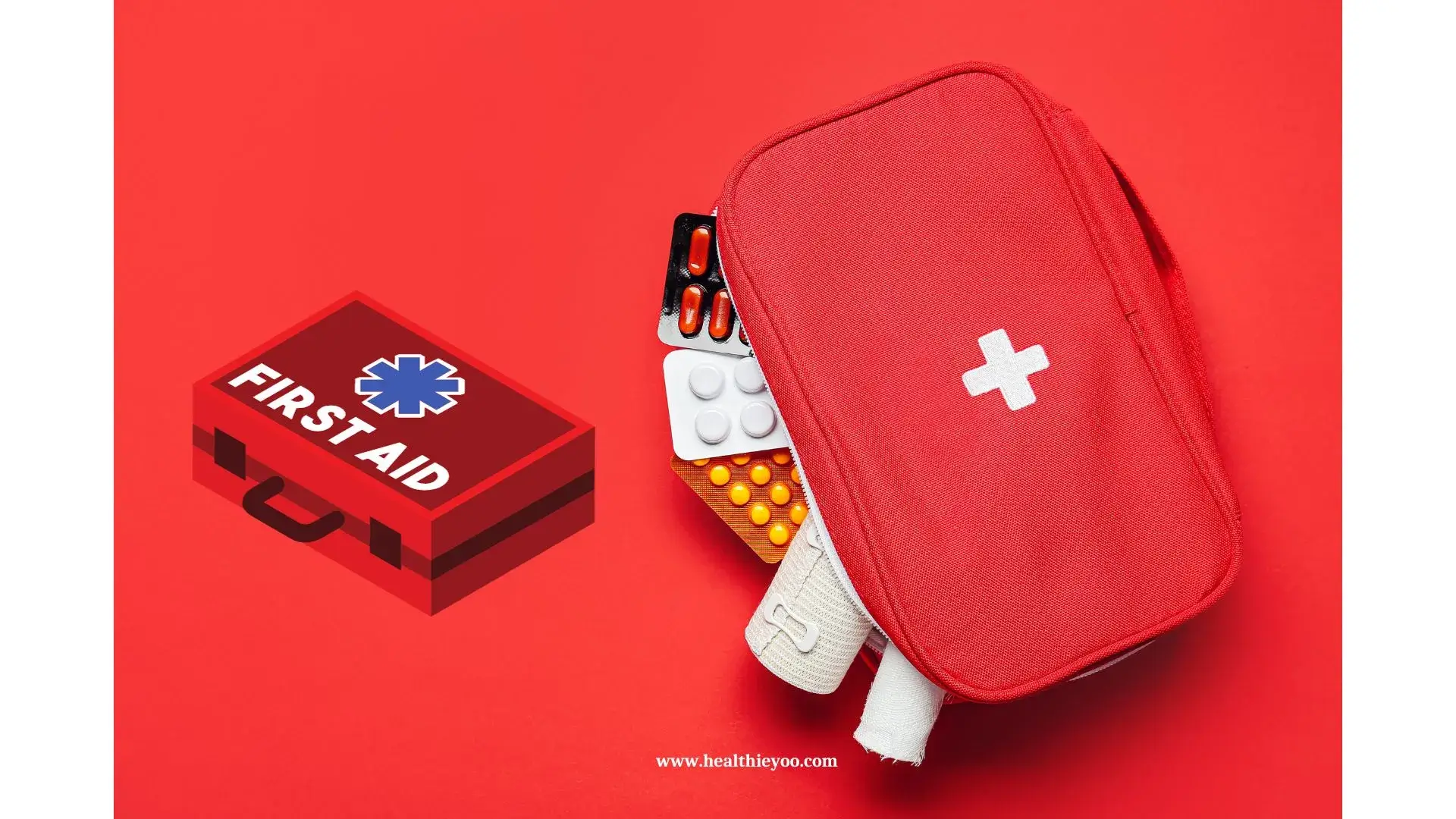First aid training is becoming significant in today’s fast world where everyone is in a rush. Accidents and emergencies can happen to anyone and at any time. Only first aid training is the thing that can be helpful for you in such emergencies. The training and knowledge of first aid make you able to help others and yourself as well. So, here is the ultimate first-aid training guide. Please go through this first aid training guide now as its always safety first!
What is First Aid?
First aid is the first help, care, or assistance a person gets in case of an accident or health emergency. Moreover, first aid helps to prevent the condition of the victim from worsening by applying the knowledge and training you have learned in the first aid course. The first aid training makes you able to calm the victim and provide proper help until the arrival of an ambulance or professional medical assistance. First aid can be implemented in any of the following situations:
- Stings and bites from insects, snakes, other animals, or sea creatures
- Allergic reactions
- Burns due to electric shocks, chemical burns, etc.
- Injuries or wounds
- sprains and broken bones
- Swallowed objects or poisoning, etc, and many others.
The DRSABCD Plan in First Aid
The basics of first aid are defined with the help of this action plan. Each alphabet in this term defines a different plan of action. The alphabets in this first aid training guide are defined below:
D Stands for Danger
This means that as a first aid-trained person you have to make sure that you and others are out of any further danger. Either you should remove the victim from the specified area of danger or make sure that there is no danger on the spot. This is an important factor to consider because the risk of danger can lead to further emergencies or unforeseen circumstances. Therefore, it is important to first make the spot safe for both yourself and the victims.
R Stands for Response
Whenever someone goes through some emergency situation, they often lose control or faint due to fear or pain. Therefore, the response in this plan of action means the response of the patient or the victim. It is important that you seek a response from the victim by calling them loudly or by shaking them lightly. In this way, you make sure that the patient is still in his senses or not. You can then provide further help according to his condition.
S Stands for Send Help
This means if you do not get any response from the patient, then ask for help by dialing the emergency numbers or ask someone to call the ambulance immediately. Keep in mind that you cannot leave the patient at this time. You must stay with the victim to constantly observe his condition until the arrival of an ambulance.
A Stands for Airway
Whenever you find a nonresponsive victim or a person in an unconscious state, look for the airway first. Look inside the mouth into the throat for any foreign objects. If there is any, roll the patient on one side and clear the airway. It is very important for proper breathing.
B Stands for Breathing
Breathing means that you should check whether the victim is breathing normally or not. If he is breathing normally, then stay with him and provide assistance and recovery services. If the victim is not breathing properly, then start CPR immediately and call the ambulance.
C Stands for CPR
CPR stands for Cardiopulmonary Resuscitation. This method consists of chest compressions or artificial ventilation methods in order to help the patient who has stopped breathing due to some injury or health condition. A non-breathing or poorly breathing patient should be provided with CPR immediately and continue till medical help arrives.
D stands for Defibrillation
A defibrillator is a device that provides electric shock to the heart that has stopped beating due to cardiac arrest or due to any sudden trauma to the body. It helps in restoring the heartbeat.
Why First Aid Training is Necessary?
No one can deny the benefits of first aid training and why safety comes first. Whether you are at your workplace, at home, in school, or outside, it can be helpful in every field and situation. Some of the basic uses of first aid are given below. They will elaborate further on why first aid training is a must for an individual:
Saves Lives
By providing timely help and proper care to the person in need helps to save many lives. It is not necessary that the ambulance will arrive immediately when an emergency happens. The presence of a first aid-trained person can save the lives of victims till the help arrives.
Helps in Recovery
When proper initial treatment is provided immediately, the chances of infection are reduced. In this way, the recovery process speeds up. For example, injuries or wounds when handled with care at first, heal faster.
Helps to calm the patient
Another use of first aid is that you can calm the person who is going through pain or fear. First aid helps you to learn methods through which you can not only help people by providing the necessary care but also support them mentally in difficult times.
Improves safety
When you are aware that there is a first-aid-trained person around you, you will feel more safe and comfortable. This happens because you know that this person can help and even save your life in case of emergencies. Therefore, more companies are hiring people with first aid training in order to p[provide a safe environment for their employees.
Improves confidence
First aid helps to improve your confidence. When you are trained and have learned methods of how to help others, you become more confident. In this way, you become more efficient in helping others in times of emergency.
Conclusion
First aid training is a must for the safety of you and your loved ones. When you have the proper knowledge, you become more confident to help others. Therefore, becoming a source of providing a better and safer world for yourself and others. Hope you found first aid training guide useful. And always remember that safety comes first!
Disclosure – This is a sponsored post and the views expressed are of the sponsor/author/third party and not of Healthieyoo’s editorial team. We disclaim any and all liability to any party, company, or product for any direct, indirect, implied, punitive, special, incidental, or consequential damages arising either directly or indirectly due to the use of content published in this article. The publishers of this website take no responsibility for any health issues, personal injury, death, disability, or any other harm due to the content on our website or any advice or opinion expressed on our website. Please consult your healthcare professional before making any decision related to your health. Please also read our medical disclaimer”.
Related Posts

Summertime, and the living should be easy – Safety Awareness Month!

Melatonin for kids – Is melatonin safe for kids? Beware of child melatonin poisoning reports!

Does Exercise Put You At Risk Of Heart Attack & Sudden Cardiac Death?




